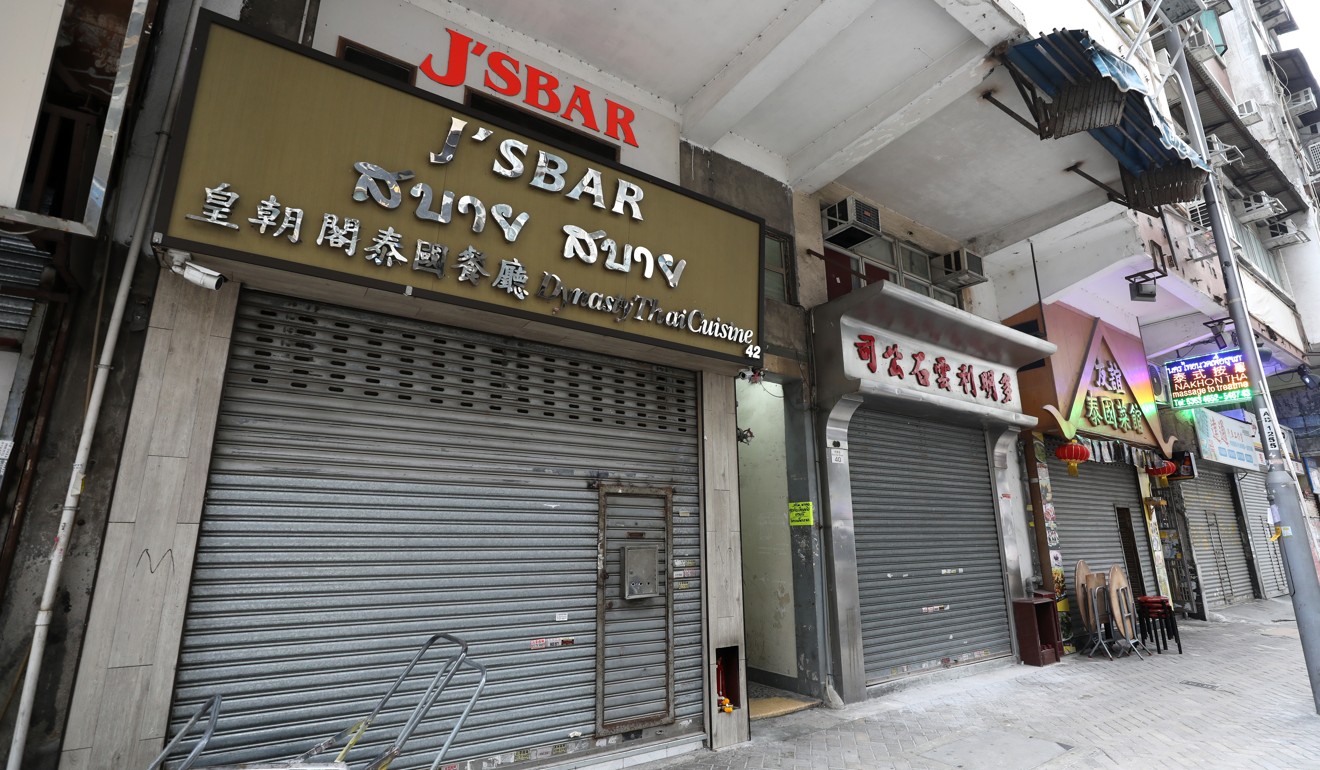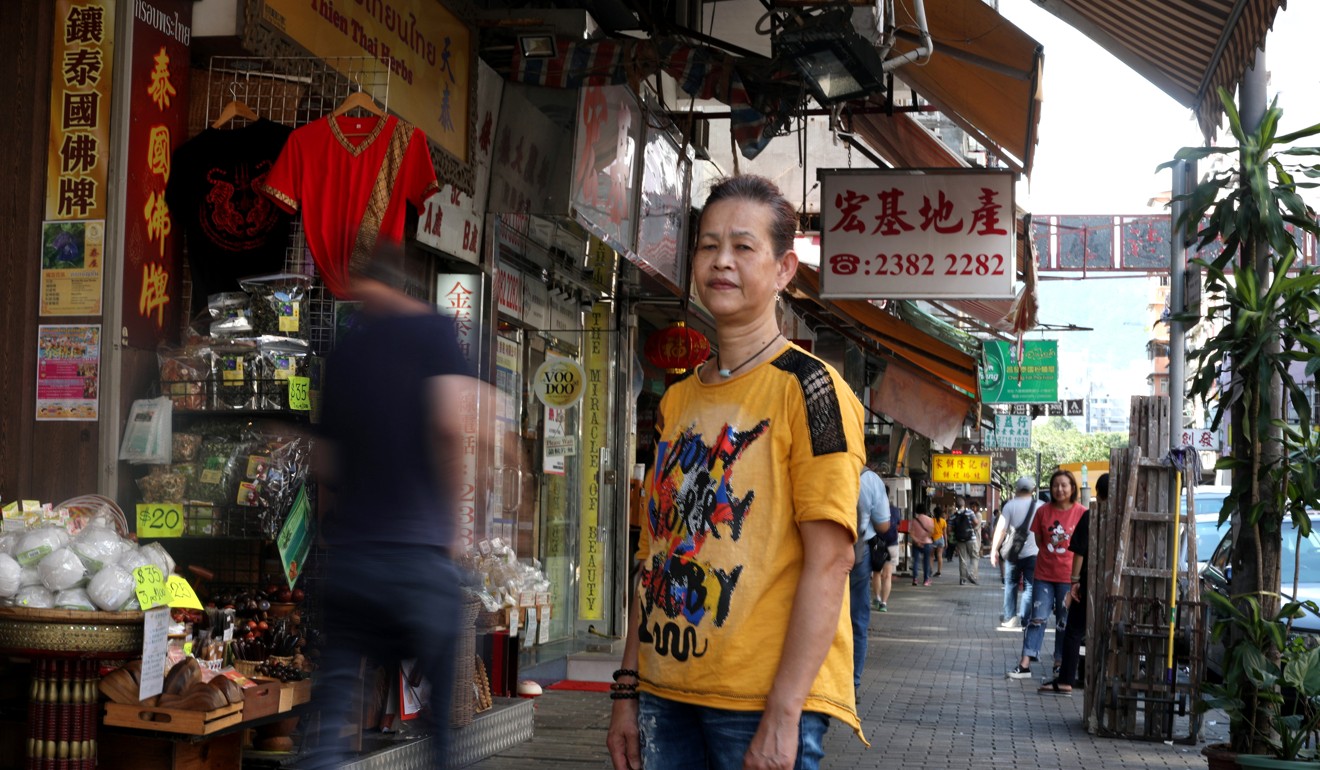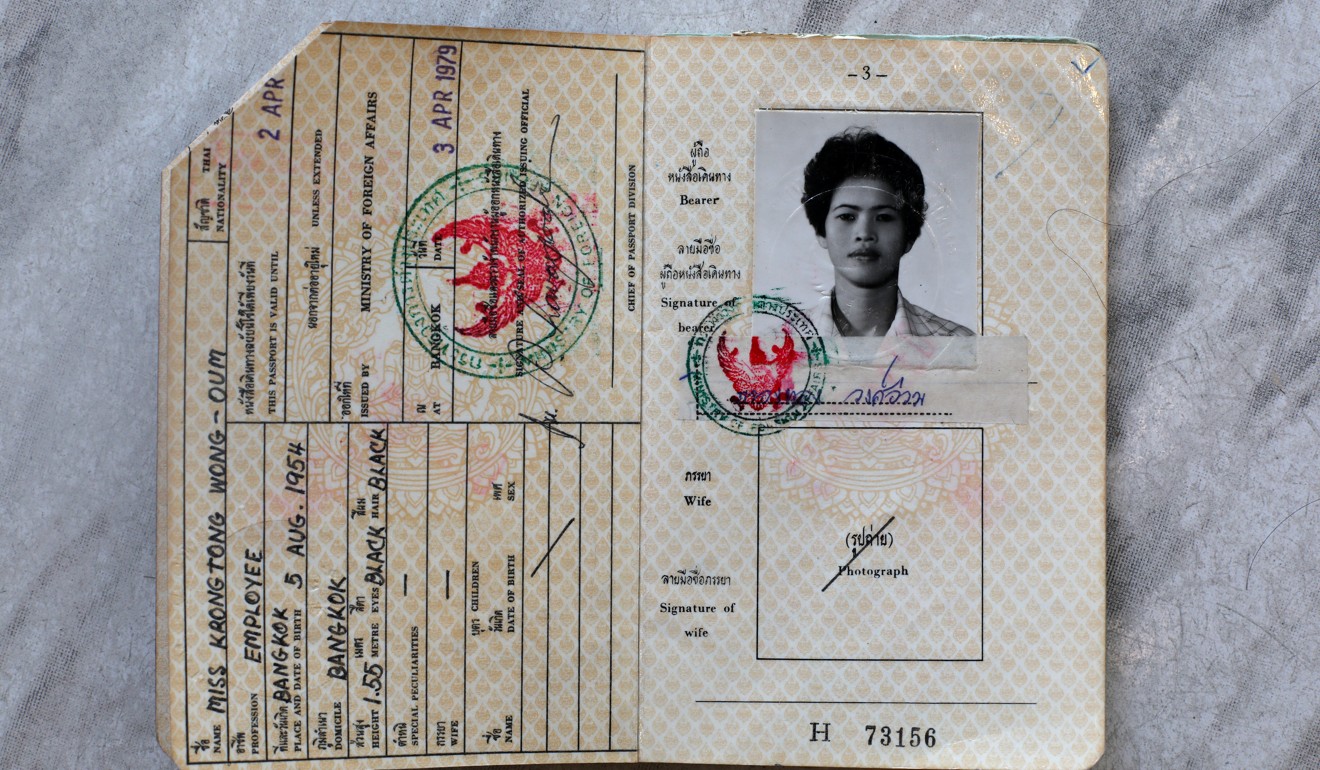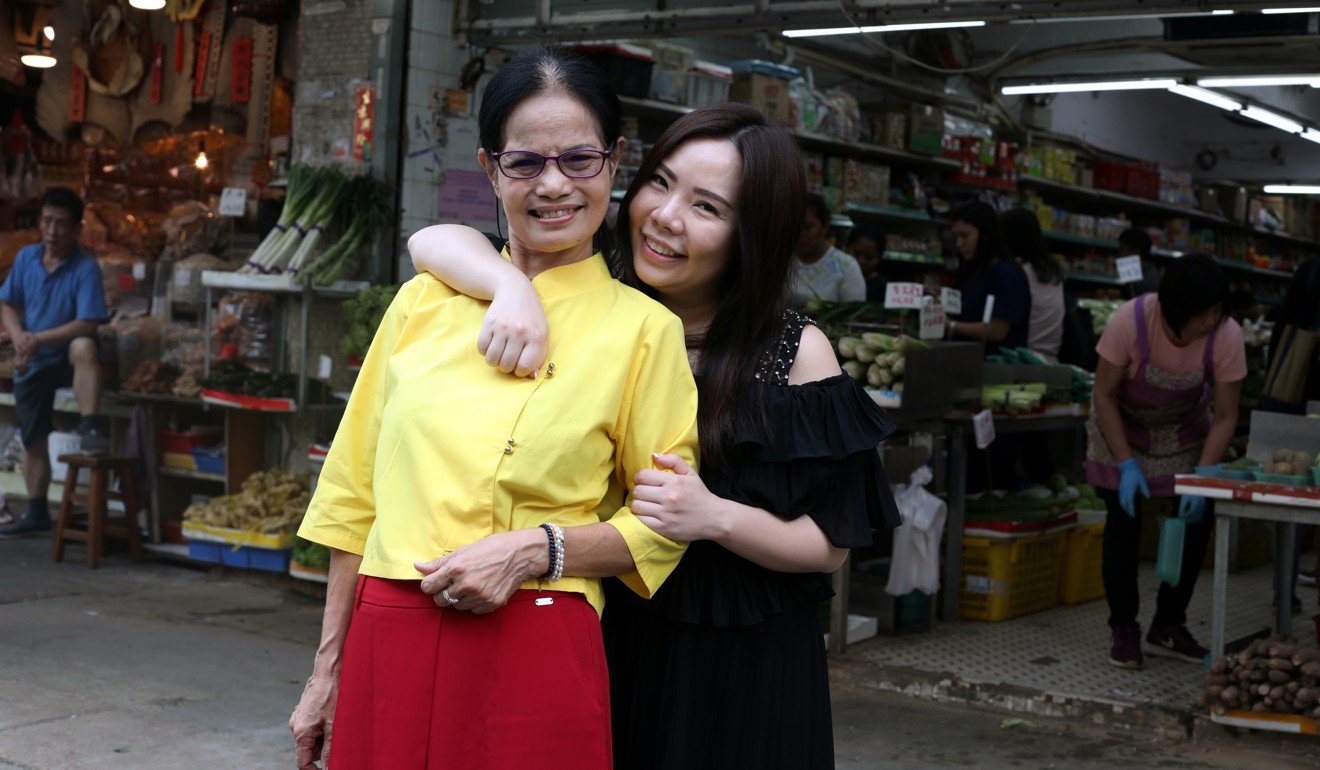
‘I can’t eat spicy anymore’: Hong Kong’s Thai community look back at five decades in the city
- Kowloon City’s ‘Little Thailand’ has been the heart of Hong Kong’s Thai community since the 1960s but many businesses will be displaced by redevelopment

Thai national Ann Bang On Leung fell in love with Hong Kong while on holiday in the city in the late 1970s.
“Hong Kong was such a cosmopolitan city with convenient public transport,” recalls Leung, who comes from a family of farmers in a village in Phichit, central Thailand.
In 1980, 30-year-old Leung found a way to Tung Tau Estate, a public housing estate in Kowloon City, through an arranged marriage to a local policeman.
“He didn’t know how to speak Thai, and I couldn’t speak Cantonese, but it was OK. We used a lot of body language,” she says with a laugh.
She was part of a trend that had begun in the 1960s, of Thai women who moved to Hong Kong to marry local men.
Soon she was a tour guide for Thai visitors, thriving on the camaraderie she shared with Thai shop owners in Kowloon Walled City. About a decade later, she opened a Thai grocery store with two of her sisters who had also moved to Hong Kong and married local men.

Over the years, Kowloon City acquired a reputation as Hong Kong’s “Little Thailand”, where more than 800 of Hong Kong’s 10,215 Thais live, and it attracts other Thais for annual street celebrations for the Thai new year festival of Songkran, to shop for Thai groceries, snacks and trinkets, or to eat.
“It’s the first place you think of when you feel like eating Thai,” says Phobsuk Gasing, chairwoman of the Thai Migrant Workers’ Union, which helps domestic workers.
But that could change very soon. In February, the Urban Renewal Authority (URA) revealed plans to redevelop an old neighbourhood near the former Kai Tak airport in Kowloon City, affecting 670 households and 40 shops which will have to make way for it.
It will displace at least 18 Thai residents and tenants. Although those numbers are small, there are concerns over the disruption to Thai social networks built over the decades.
“We worry the government will eventually redevelop the whole district,” Phobsuk says. “Where will we hang out then?”

Leung, now 69, lives near the proposed redevelopment area. She and her husband have no children, and are close to their niece, Vita Chan Choi-lin, who is single and runs a child modelling business on Nga Tsin Long Road, close to the area slated for redevelopment.
“Kowloon City is home,” says Chan, 38, who, when growing up helped out at her Thai mother’s grocery store on nearby South Wall Road. Although surrounded by Thais, Chan only began to embrace her roots in her teenage years, after an elderly Thai woman scolded her for not being able to read the language.
“It was actually my family who discouraged me from speaking Thai because they thought I would benefit more from learning to speak Chinese and English,” Chan says, adding that she knows many Thais raised in Hong Kong who were also discouraged from learning their ancestral language.
A visit to Thailand when she was 15 proved a turning point.
“I was finally old enough to hang out with my cousins there, but I didn’t know enough Thai to communicate effectively with them,” she says.
She resolved to not only learn the language, but also get more deeply acquainted with Thai culture and traditions.

Today, she is a well-known member of the Thai community, hosting cultural events and helping other members translate restaurant menus and documents. For the past five years, she has also been organising Songkran celebrations.
“If we second-generation Thais don’t do anything to preserve our culture in Hong Kong, it could be lost to future generations,” she says.
It might actually be a good thing to take traditional celebrations like Songkran out of Kowloon City
Last month, she held the six days of Songkran festivities – which included Buddhist rituals, a parade, performances, workshops and a food fair – in Lai Chi Kok, instead of the usual Kowloon City venue.
“It might actually be a good thing to take traditional celebrations like Songkran out of Kowloon City so more Hongkongers, not just Thais, are able to come and immerse themselves in the cultural experience,” Chan says.
Not all second-generation Thai Hongkongers share the same passion for their native culture.
Tommy Wong, a 39-year-old delivery worker, rarely tells people his mother is Thai because he was teased at school for his dark complexion.
“It got so bad, listening to my mother speak Thai with her friends annoyed me a lot,” he says.
His mother, Krongtong Wong-Oum, was 25 when she came to Hong Kong four decades ago. Her family was struggling to make ends meet and a matchmaker suggested an arranged marriage to a Hongkonger.

“When I first saw Mr Wong at the Chinese restaurant, I thought he looked simple and honest enough to make a good husband,” the 65-year-old cleaner recalls of the day she met the man she married.
She moved into a 200 sq ft government flat on Po On Road in Cheung Sha Wan, shared with nine of her in-laws.
“The shower and toilet facilities were outside the building, the toilet was basically a ditch,” she recalls. “Life was tough, but still better than living in poverty in Thailand.”
She could not speak Cantonese and the bland food took getting used to after a lifetime of spicy Thai fare.
Wong-Oum now lives with her husband in a public housing estate in Sham Shui Po. She works as a cleaner at a government hospital in Tung Chung, and on her day off, cleans for a hair salon in Kowloon City. She shops at Thai grocery stores, although she cooks mainly Chinese dishes at home.
“I can’t eat spicy any more,” says Wong-Oum, who now considers herself more of a Hongkonger than Thai. “ I feel blessed to be able to live here.”

Unconcerned about the URA’s plans, she says: “I’m not too worried about not being able to find my favourite stores after the redevelopment. There’s still time to move.”
Thai Migrant Workers’ Union chief Phobsuk is less optimistic. The union offers about 300 domestic workers language classes and other forms of support, and a place to stay if they have problems with their employers.
Its office is within the redevelopment area and if the URA’s plan proceeds, the union and other tenants will have to move in about two years. It currently rents a 400 to 500 sq ft office space for HK$8,000 a month.
“Where will we go? It’s unlikely we will be able to rent another unit in the area after redevelopment,” says Phobsuk, 60, a domestic worker who has been in Hong Kong since 1991.
Affected property owners living in their flats will receive cash compensation equivalent to the market value of a seven-year-old unit of similar size in the area. They will also have priority to buy a property in the URA’s other projects nearby.
The URA has invited Thai residents and tenants to register for a survey to identify those eligible for compensation, but Phobsuk remains concerned.
“When I first came here, it was this sense of community that helped me settle down,” she says. “It was lovely seeing my own language written on shop fronts. But I worry this will one day disappear.”
Herbrary Zhang, a University of Melbourne PhD researcher who has done work on the Thai community in Hong Kong, says it is important for ethnic minorities, who make up about 8 per cent of the population, to establish their own social networks.

Noting that Kowloon City was the first place Thai people moved to after arriving since the 1970s, he says: “All their friends, networks and businesses are somehow linked to the neighbourhood. It’s not just a location to them: it’s a home, and a shelter.”
While the URA plan could improve the use of space and benefit the economy, Zhang thinks it could also encourage Thais to move away from the area. In the long run, that might help Thais integrate better into Hong Kong society, he says.
Still, he hopes officials will make an effort to uphold Hong Kong’s reputation as “Asia’s world city” by retaining the characteristics of “Little Thailand” during redevelopment.
In Thailand, I might have to take a bus to buy groceries, but it’s all here in Kowloon City, even the stuff that’s hardest to find
Replying to inquiries from the Post, a spokesman for the URA said the authority has taken note of the Thais living and running businesses in the redevelopment zone, and will “take the local characteristics into consideration in formulating the future development plan of the project”.
The spokesman added the URA will also offer special assistance to help affected shop owners relocate, and send its social services team to help Thai households with maintaining and rebuilding social networks.
Lingnan University research assistant professor Paul O’Connor thinks that can be done if the authorities have the right mindset.
“It takes real bravery to recognise things don’t have to be sanitised and polished,” he says. “What people love about Hong Kong, especially when you compare it with somewhere like Singapore, is that Hong Kong is edgier, and dirtier, and more unpredictable, and we’re seeing that redeveloped areas, like Wan Chai, have lost a lot of that.”
Ann Bang On Leung hopes Kowloon City’s Thai flavour will not disappear after redevelopment. She divides her time between living with her husband in a retired civil servants’ residence at Olympic Station, and her home on Nam Kok Road in Kowloon City.
“In Thailand, I might have to take a bus to buy groceries, but it’s all here in Kowloon City, even the stuff that’s hardest to find. In a way, Kowloon City is more like Thailand than Thailand itself,” she says.